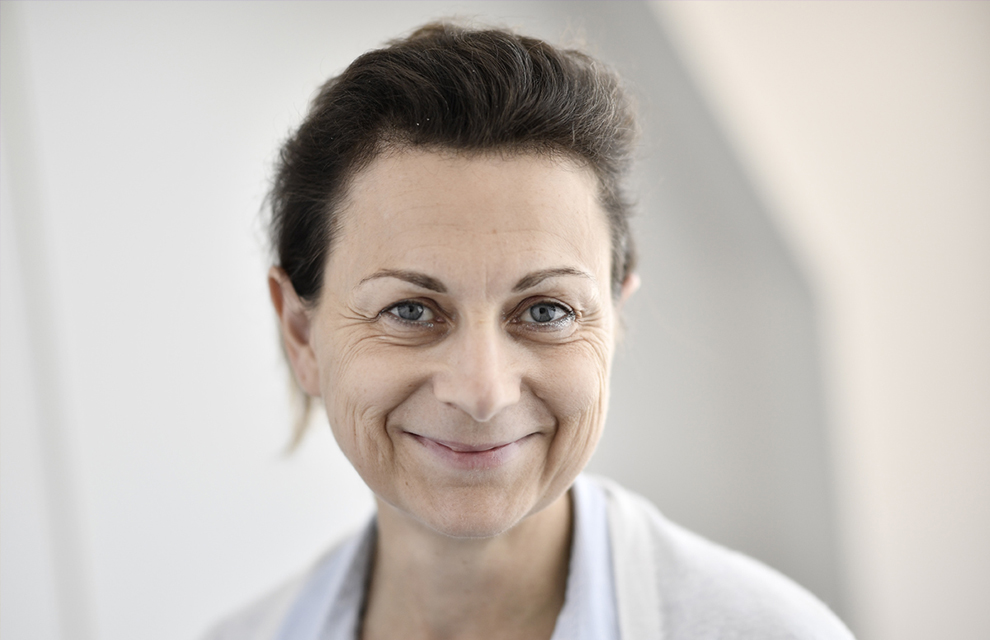AXA XL
Marine Charbonnier, captives and global programmes director, Europe, AXA XL, discusses current European captive market conditions, instances of innovation and predictions for the next 18 months
How do you assess the current landscape for the captive industry in Europe? What are the current market conditions?
We saw a growing interest in captives last year that has continued to accelerate this year. In the last few months, we have seen an increasing number of requests for new cessions, even for new captives that are still in the process of being approved.
Essentially, parent companies that do not currently have a captive are looking to set one up, and existing captive owners are looking to cover different and more types of risks through their captives.
What notable trends have you observed in the European captive market?
The hardening of terms and conditions in the direct insurance market has led to requests for higher retentions to be ceded to captives, as well as new lines of business.
Parent companies are leveraging captives to optimise premium conditions where the market is asking for higher rates — mainly for property, casualty and cargo risks — to compensate for a lack of capacity in some areas (such as cyber), or to develop a strategy that allows them to have access to more players for those risks that are currently difficult to insure. That is the case for liability programmes where more of the product recall risk is retained or, similarly, natural catastrophe exposures within a property programme going more into a captive.
In general, in the current market, when reviewing their captive structures within global programmes, clients ask for several options, which gives us more alternatives to quote than ever, and allows clients to have a clearer picture of the conditions available and decide accordingly.
How has the COVID-19 pandemic affected the use of alternative risk financing methods?
The impact of the COVID-19 pandemic has further increased the hardening market and has had compounding effects on the use and process organisation of captives, which have in turn been upgraded for greater efficiency.
What examples of innovation are you seeing in the use of captives to cover emerging or hard-to-place risks?
We are seeing a rising demand for more sophisticated approaches. For example, for clients exposed to climate-related risks, we are designing programmes that combine the use of captives and parametric solutions in partnership with AXA Climate, AXA Group’s entity dedicated to parametric insurance.
What is the most significant challenge facing the European captive market right now?
One of the most significant challenges we are seeing is finding the adequate threshold between retention and risk transfer, while taking into account three key pillars: the needs of the insured subsidiary; the financial strength of the captive; and the current market conditions.
What are your predictions for the landscape of the European captive market over the next 18 months?
We are going to see further interest from across Europe in both wholly-owned captives for large organisations and cell captives, primarily for middle-market companies. While historic captive domiciles such as Luxembourg and Malta will remain popular, we may see an increased interest for onshore domiciles and some re-domiciliations.





